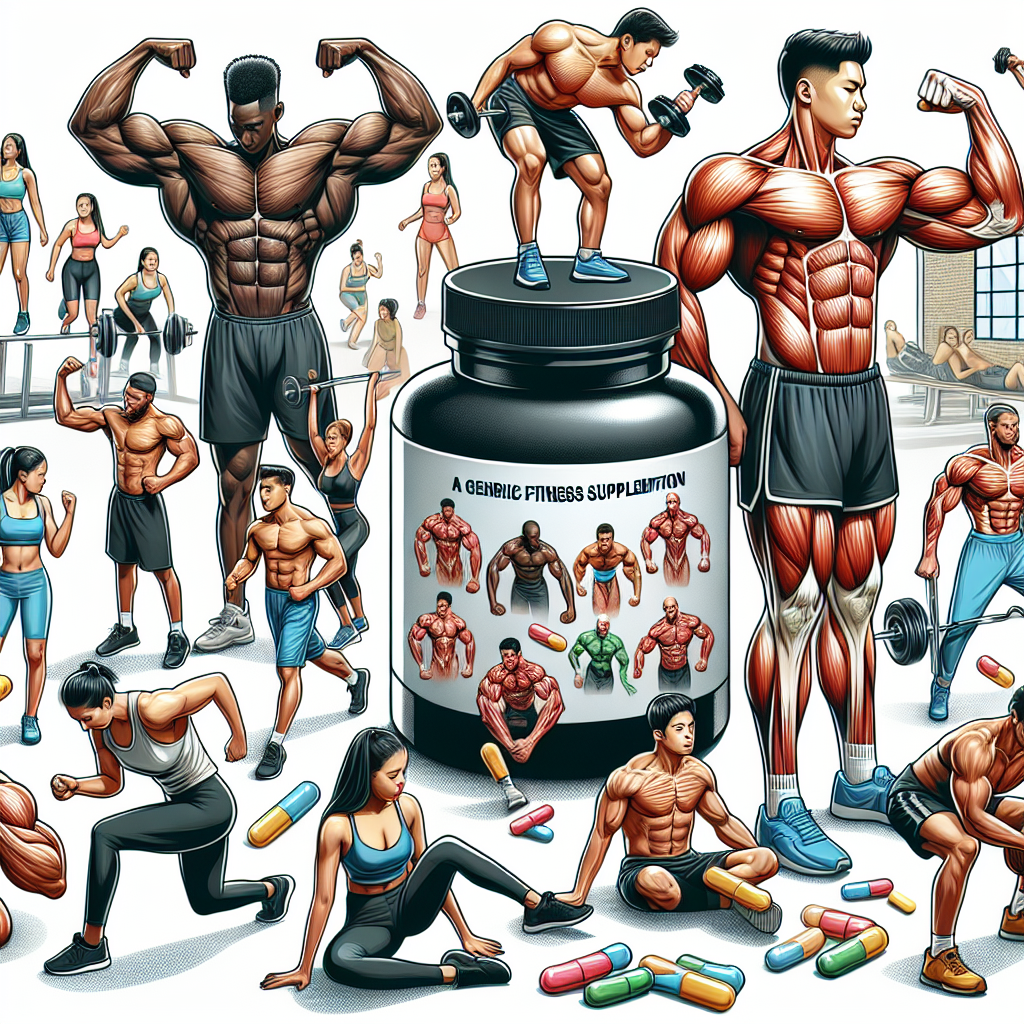-
Table of Contents
Primobolan Effects on Muscle Hypertrophy in Athletes
In the world of sports, athletes are constantly seeking ways to improve their performance and gain a competitive edge. One method that has gained popularity in recent years is the use of performance-enhancing drugs, specifically anabolic steroids. Among these steroids, Primobolan (chemical name: methenolone) has been a topic of interest for its potential effects on muscle hypertrophy. In this article, we will explore the pharmacokinetics and pharmacodynamics of Primobolan and its potential impact on muscle growth in athletes.
Pharmacokinetics of Primobolan
Primobolan is an anabolic steroid that was first developed in the 1960s. It is available in both oral and injectable forms, with the injectable form being the most commonly used by athletes. The oral form has a shorter half-life and is less bioavailable, making it less effective for muscle growth.
After administration, Primobolan is rapidly absorbed into the bloodstream and reaches peak plasma levels within 24 hours. It has a half-life of approximately 5 days, meaning that it takes 5 days for half of the drug to be eliminated from the body. This long half-life allows for less frequent dosing, making it a convenient option for athletes.
Primobolan is metabolized in the liver and excreted primarily through the urine. It has a low potential for liver toxicity, making it a safer option compared to other anabolic steroids.
Pharmacodynamics of Primobolan
Primobolan is a synthetic derivative of dihydrotestosterone (DHT), a naturally occurring hormone in the body. It has a high affinity for androgen receptors, which are found in muscle tissue. When it binds to these receptors, it activates certain cellular pathways that promote muscle growth.
One of the main mechanisms of action of Primobolan is its ability to increase protein synthesis in muscle cells. This means that it helps the body to build new muscle tissue, leading to an increase in muscle mass. It also has anti-catabolic effects, meaning that it prevents the breakdown of muscle tissue, which is important for athletes looking to maintain their muscle mass during intense training.
Another potential mechanism of action of Primobolan is its ability to increase red blood cell production. This can lead to improved oxygen delivery to muscles, allowing for better endurance and performance during exercise.
Effects on Muscle Hypertrophy
The main reason athletes use Primobolan is for its potential effects on muscle hypertrophy. While there is limited research specifically on Primobolan, studies have shown that anabolic steroids in general can lead to significant increases in muscle mass and strength.
A study by Hartgens and Kuipers (2004) found that athletes who used anabolic steroids for 10 weeks saw an average increase of 5-20% in muscle mass. Another study by Bhasin et al. (1996) showed that testosterone (the primary androgen in the body) supplementation led to a 6% increase in lean body mass in healthy young men.
Based on these findings, it is reasonable to assume that Primobolan, with its high affinity for androgen receptors and ability to increase protein synthesis, can also lead to significant muscle growth in athletes. However, it is important to note that the effects of Primobolan may vary depending on individual factors such as dosage, training regimen, and diet.
Real-World Examples
There have been several high-profile cases of athletes using Primobolan for its muscle-building effects. One example is former professional cyclist Lance Armstrong, who admitted to using Primobolan during his career. In an interview with Oprah Winfrey, Armstrong stated that he used Primobolan to improve his performance and recovery.
Another example is former professional baseball player Alex Rodriguez, who was suspended for using Primobolan and other performance-enhancing drugs. In a statement, Rodriguez admitted to using Primobolan to help him recover from injuries and improve his performance on the field.
Expert Opinion
While there is limited research specifically on Primobolan, experts in the field of sports pharmacology believe that it can have significant effects on muscle hypertrophy in athletes. Dr. Harrison Pope, a leading researcher on anabolic steroids, stated in an interview with ESPN that Primobolan is “one of the most effective anabolic steroids for muscle growth.”
Dr. Pope also emphasized the importance of responsible use of Primobolan and other anabolic steroids, stating that “the potential benefits of these drugs must be weighed against the potential risks, including potential long-term health consequences.”
Conclusion
In conclusion, Primobolan is a popular anabolic steroid among athletes for its potential effects on muscle hypertrophy. Its pharmacokinetics and pharmacodynamics make it a convenient and relatively safe option compared to other steroids. While more research is needed specifically on Primobolan, studies have shown that anabolic steroids in general can lead to significant increases in muscle mass and strength. However, it is important for athletes to use Primobolan responsibly and under the guidance of a healthcare professional to minimize potential risks.
References
Bhasin, S., Storer, T. W., Berman, N., Callegari, C., Clevenger, B., Phillips, J., … & Casaburi, R. (1996). The effects of supraphysiologic doses of testosterone on muscle size and strength in normal men. New England Journal of Medicine, 335(1), 1-7.
Hartgens, F., & Kuipers, H. (2004). Effects of androgenic-anabolic steroids in athletes. Sports Medicine, 34(8), 513-554.
Pope Jr, H. G., & Kanayama, G. (2012). Athletes and performance-enhancing drugs. In Performance-Enhancing Substances in Sport and Exercise (pp. 1-20). Springer, New York, NY.
WADA. (2021). The World Anti-Doping Code International Standard Prohibited List. Retrieved from https://www.wada-ama.org/sites/default/files/resources/files/2021list_en.pdf

Leave a Reply